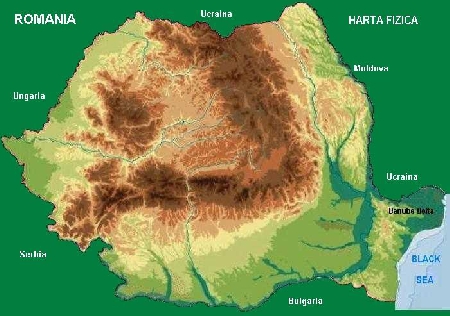Anina-Oravita Railroad
The first mountain railroad in what is now Romania was inaugurated in 1863.

România Internațional, 05.10.2013, 18:27
150 years ago, in 1863, the first mountain railroad in what is now Romania was inaugurated. Designed to provide transportation to the coalmines in southeastern Banat, the railroad started being designed in 1840. Work was delayed by the difficulty of the terrain itself, and by other circumstances, so that the route has a history to match. Carmen Albert, researcher with the Museum of Mountain Banat in Resita, told us about this project:
“It was determined by the European need for economic development. There was a demand for the coal extracted in Anina, of excellent quality, which was to be shipped on the Danube. Te coal had to reach Bazias, where the Danube reaches the Banat, and could only be transported by rail. In this context, there was a project to build a railroad between Anina and Bazias, and a road between Anina and Oravita. A first stage was looking for the best route. Expert engineers sent their reports to Vienna, since Banat was in the Habsburg Empire back then. In the end the project was designed in 1847 by engineers Anton Rappos and Karl Maniel. At first they designed a railroad for steam engines from Anina to Bazias, and horse drawn wagons from Oravita to Anina. Along the years, the project underwent changes depending on the difficulties faced. The terrain in itself is difficult. There was work to be done underground in the coal basin, in the connecting galleries. Digging was difficult, as dynamite had not been invented yet. They had to dig by hand. In addition, a typhoid fever epidemic slowed work down a lot. There were also political tensions, as the 1848 revolution had engulfed all of Europe. That also slowed down work.”
After a break of two and a half years, work resumed between 1860 and 1863, the year of the inauguration. Since then, the Anina-Oravita was surnamed the Banat Semmering, since it resembled the mountain railroad between Vienna and Trieste, going through Semmering Pass in the Alps. Carmen Albert told us about the workers who made the railway:
“They were Italian workers, expert masons and stone cutters. After the work was done, some settled here, and their descendents still live in Banat. Romanian workers also worked here. In time, they dropped the horse drawn idea in favor of all steam. The route is not very long. From Oravita to Anina there are no more than 15 km of road. The railroad, however, is double in length, it has 33.4 km, with tunnels and viaducts. Because of that, at the time they had to design a special engine for this type of railroad. The engines were designed and built in Vienna. They had to be able to pull as much as 110 tons.”
There were not many mountain railroads back then. Most of them were in the Habsburg Empire, and outside of it they were in Germany, Holland and Belgium, built between 1830 and 1850. Six years after the Anina-Oravita railroad was built, trains started carrying passengers instead of freight. Usually they were commuting miners, but also other passengers, which contributed to the railroad’s cultural significance. Here is Carmen Albert once again:
“This railroad had a high social significance, not only for transportation of freight and people, but also because it linked industrial centers, it brought together people of various religions and ethnicities, as Banat is a veritable mosaic of peoples. Romanians, Germans, Hungarians, Serbians, they all felt they were brought closer together.”
The Banat Semmering served mining in the area until a few years ago, when the Anina mines shut down. Since then, it is used for tourism purposes.





























